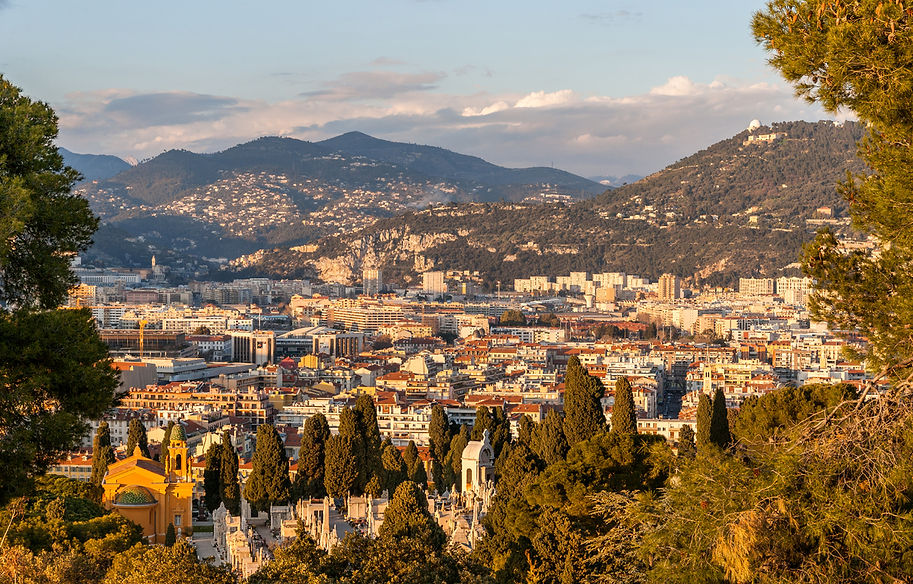CAMBODIA

Overview

Cambodia is a Southeast Asian nation whose landscape spans low-lying plains, the Mekong Delta, mountains and Gulf of Thailand coastline. Its busy capital, Phnom Penh, is home to the art deco Central Market, glittering Royal Palace and the National Museum's historical and archaeological exhibits. In the country's northwest lie ruins of Angkor Wat, a massive stone temple complex built during the Khmer Empire.
Capital: Phnom Penh
Founded: November 9, 1953
Currency: Cambodian riel
Neighboring countries: Vietnam, Laos, Thailand
Official language: Khmer
Land area: 68,154 sq mi (176,519 sq km); total area: 69,900 sq mi (181,040 sq km)
Population (2014 est.): 15,458,332 (growth rate: 1.63%); birth rate: 24.4/1000; infant mortality rate: 51.36/1000; life expectancy: 63.78

Ntional Flag
three horizontal bands of blue (top), red (double width), and blue with a white three-towered temple representing Angkor Wat outlined in black in the center of the red band; red and blue are traditional Cambodian colors.
National Flower
The romduol, a small yellowish-white flower, is the national flower of the Kingdom of Cambodia. Since ancient times, Cambodian women have often been compared to the Romduol flower because of its attractive fragrance; a unique scent that is prominent in the late afternoon and can travel over long distances with the wind. With its sturdy stems that measure up to 30cm, the Romduol plant can grow to a height of 12 meters. These plants are being planted to enhance public parks.
Climate
Like most of Southeast Asia, Cambodia’s climate is hot and warm almost all year round. The climate is dominated by the annual monsoon cycle of rainy and dry seasons. The rainy season lasts from May to October, and the dry season from November to April. December to January are the coolest months, while the hottest period is in April. The average temperature is around 27-28ºC.
History
The area that is present-day Cambodia came under Khmer rule about 600, when the region was at the center of a vast empire that stretched over most of Southeast Asia. Under the Khmers, who were Hindus, a magnificent temple complex was constructed at Angkor. Buddhism was introduced in the 12th century during the rule of Jayavaram VII. However, the kingdom, then known as Kambuja, fell into decline after Jayavaram's reign and was nearly annihilated by Thai and Vietnamese invaders. Kambuja's power steadily diminished until 1863, when France colonized the region, joining Cambodia, Laos, and Vietnam into a single protectorate known as French Indochina.
The French quickly usurped all but ceremonial powers from the monarch, Norodom. When he died in 1904, the French passed over his sons and handed the throne to his brother, Sisowath. Sisowath and his son ruled until 1941, when Norodom Sihanouk was elevated to power. Sihanouk's coronation, along with the Japanese occupation during the war, worked to reinforce a sentiment among Cambodians that the region should be free from outside control. After World War II, Cambodians sought independence, but France was reluctant to part with its colony. Cambodia was granted independence within the French Union in 1949. But the French-Indochinese War provided an opportunity for Sihanouk to gain full military control of the country. He abdicated in 1955 in favor of his parents, remaining head of the government, and when his father died in 1960, Sihanouk became chief of state without returning to the throne. In 1963, he sought a guarantee of Cambodia's neutrality from all parties in the Vietnam War.
However, North Vietnamese and Vietcong troops had begun using eastern Cambodia as a safe haven from which to launch attacks into South Vietnam, making it increasingly difficult to stay out of the war. An indigenous Communist guerrilla movement known as the Khmer Rouge also began to put pressure on the government in Phnom Penh. On March 18, 1970, while Sihanouk was abroad, anti-Vietnamese riots broke out and Sihanouk was overthrown by Gen. Lon Nol. The Vietnam peace agreement of 1973 stipulated withdrawal of foreign forces from Cambodia, but fighting continued between Hanoi-backed insurgents and U.S.-supplied government troops.






